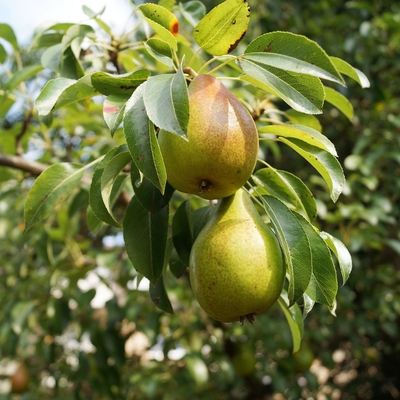Learn how to grow and harvest this aromatic herb. Includes tips on when to plant and harvest Sage as well as troubleshooting notes.
 Soil
Soil
What soil is good for Sage?
Sage prefers a well draining soil with plenty of compost mixed in.
 Position
Position
How much sun does Sage need?
Plant Sage in a full sun to part shade position.
 Frost Tolerant
Frost Tolerant
Is Sage frost tolerant?
Yes, Sage will tolerate mild frosts.
 Spacing
Spacing
How much space does Sage need?
Plant Sage plants roughly 30cm apart.
 Planting
Planting
When should I plant Sage?
Sage seeds are best sown in spring in soil temperatures between 10°C and 25°C. Seeds can also be sown indoors in late winter and transplanted in spring once the danger of frost has passed.
Sage is a perennial herb. Seedlings are best planted in spring, however can be grown all year round provided that they protected from strong heat and frost.
Plant out in the early morning or evening and/or on an overcast day. Avoid planting at peak sun times or on windy days, this will allow your plants to settle in comfortably and protect them from windburn and sunburn.
 Feeding
Feeding
What do I feed Sage?
Apply an organic fertiliser throughout the year.
 Harvesting
Harvesting
When can I harvest Sage?
Harvest the leaves as required, starting with the top growth. Trim or pinch off the top sets of leaves.
 Pests
Pests
What pests does Sage get?
Pests that affect Sage include: Aphids, Spider mites, Thrips, Slugs, Snail, Rosemary Leaf Beetle.
 Diseases
Diseases
What diseases does Sage get?
Diseases that can affect Sage include: Crown Gall, Mint Rust.
 Notes
Notes
Is there anything else I need to know about Sage?
Sage leaves can be used fresh, or dried for future use.
Do not over water Sage, it does not cope with waterlogged soil and will develop root rot as a result.






